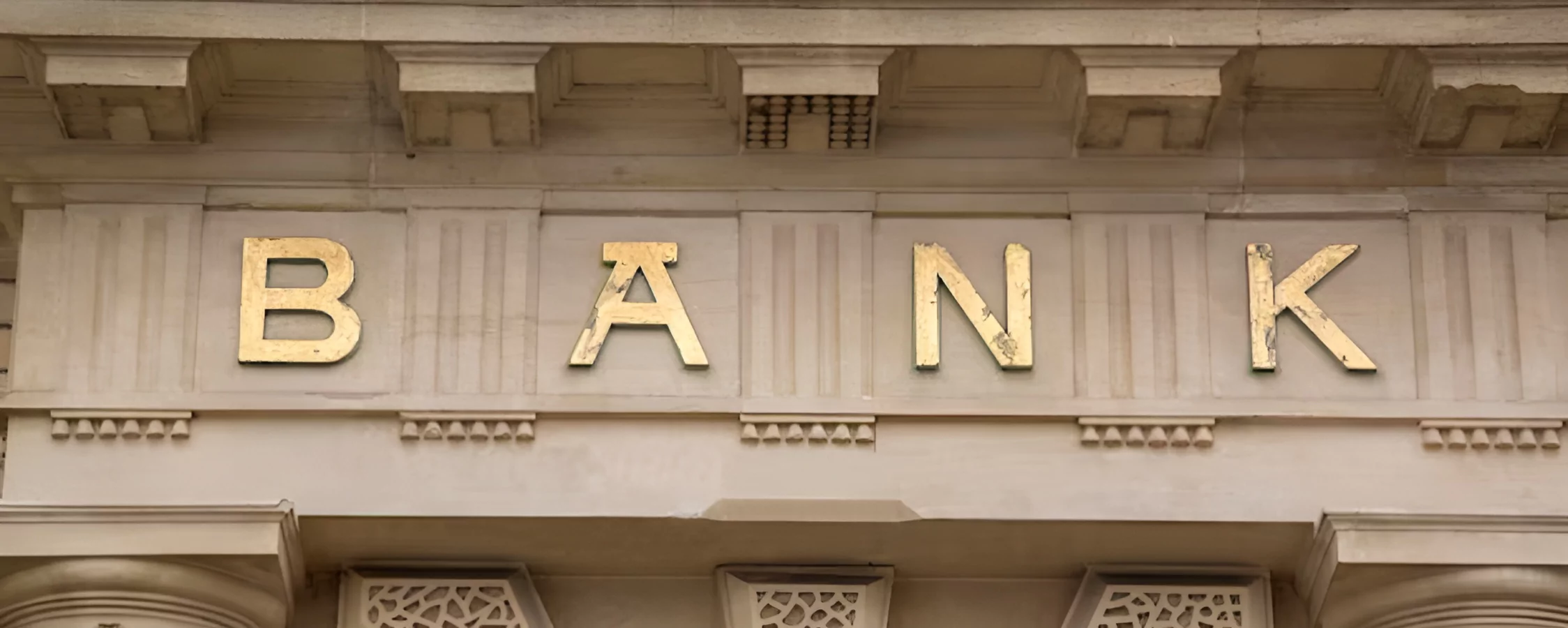The blockchain is a decentralized digital ledger that serves as the public record for all transactions across a peer-to-peer network. Its most well-known application is tracking transactions involving cryptocurrencies like Bitcoin, but blockchain technology has broader applications. Understanding how transactions are processed and verified on the blockchain is key to appreciating its innovative design.
Initial Blockchain Setup
When a blockchain network is first created, a Genesis Block is generated as the foundational first block. This contains some initial transaction data but is usually empty. Nodes running the blockchain protocol software then connect their systems to the new network and work to validate incoming transactions. There is no central authority – instead, transaction processing operates in a distributed fashion across all participating nodes.
Making Blockchain Transactions
When a blockchain user wants to send funds like Bitcoin to another address, they use blockchain-compatible wallet software. Wallets hold the private and public encryption keys needed to authorize transactions on the user’s behalf. To initiate a transfer, the sender signs the transaction with their private key, designating the receiver’s public key as the recipient. This digital signature acts as proof of the sender’s identity and intent to pay.
The signed transaction is then broadcast from the sender’s node out to other nodes across the peer-to-peer network. Connected computers running the blockchain protocol software receive the new transaction and start validating it. They check that the transaction is properly formatted, the sender’s digital signature is valid, and the amount hasn’t already been spent.
Valid pending transactions are bundled together into proposed blocks by certain nodes referred to as miners. The size of each block is predetermined per the specific blockchain protocol, such as Bitcoin’s limit of roughly 1MB per block. Each new block contains a cryptographic hash of the previous block, cementing it as an immutable link in the blockchain.
Proof of Work Consensus
To add their proposed block to the chain, miners on blockchains like Bitcoin must engage in a competitive process called “proof-of-work.” This involves repeatedly hashing the block header along with random numbers (called “nonce” values) until a hash is found below a given target threshold. Whoever achieves this validation proof first earns the right to officially publish the next block as part of the blockchain.
Block Reward Incentive

Blockchains provide an incentive for miners to allocate computing resources by awarding the successful miner with an amount of the native cryptocurrency (e.g. Bitcoin). This paves the way for the blockchain network to operate decentralized without a central authority administering mining duties. As mining will slowly produce all the currency that will ever exist, the incentive shrinks over time.
Once the winning miner finds a valid proof-of-work, they broadcast the completed block to all nodes. Nodes work to quickly validate the block is authentic – by hashing all transactions and checking proofs – before adding it to their copy of the blockchain. This widespread, rapid validation achieved through distributed consensus ensures transactions are highly resistant to modification or duplication.
Blockchain Transactions Completion
After approximately 10 minutes involving this mining and verification process on the Bitcoin network, the transaction will be cemented into the immutable blockchain. At this point, it will be recorded as accepted into the public transaction history. The recipient can now send or spend the funds that completed the transfer from the original sender. Numerous confirmations add extra security as the block containing the transaction is buried deeper under new blocks.
Additional Blockchain Concepts

Certain elements unique to various blockchain platforms have evolved usage beyond the core transaction workflow. For example, Ethereum introduced the concept of “smart contracts” which allow for programmable transaction logic. Other blockchains leverage alternative mining methods like Proof-of-Stake which avoids specialized mining hardware. Privacy-enhanced ledgers also offer improved anonymity for balances and transactions.
Conclusion | Blockchain Transactions
In conclusion, the blockchain provides an innovative solution for securely and transparently recording all transactions in a decentralized digital ledger. By leveraging cryptography, distributed consensus, and incentives, transactions are processed across the peer-to-peer network without the need for a centralized intermediary. This makes the blockchain highly resistant to fraud while lowering costs. While Bitcoin showed an early use case for transferring digital currency, ongoing research and development continues to find new applications for blockchain technology across industries. As adoption grows, understanding how transactions work on the blockchain will remain integral to realizing its full transformative potential.













